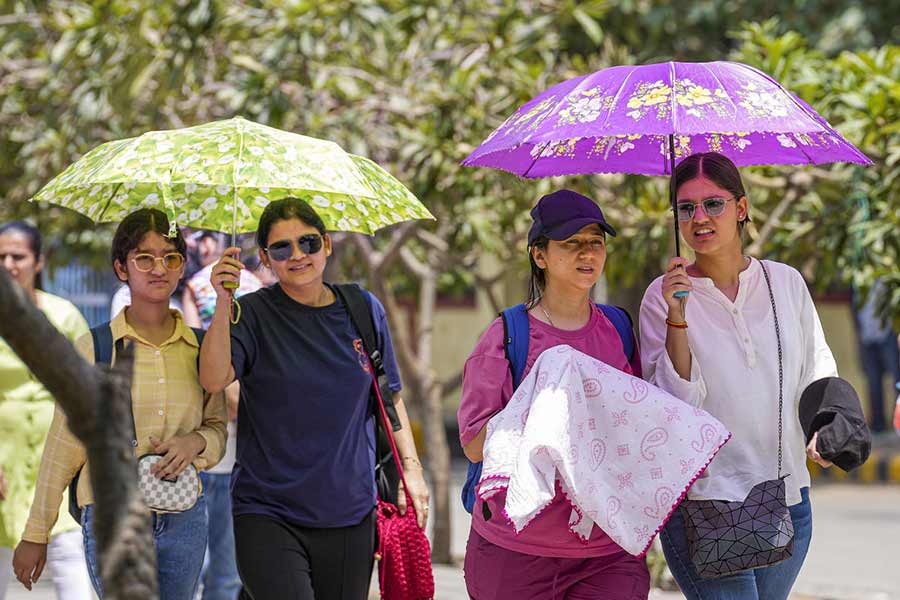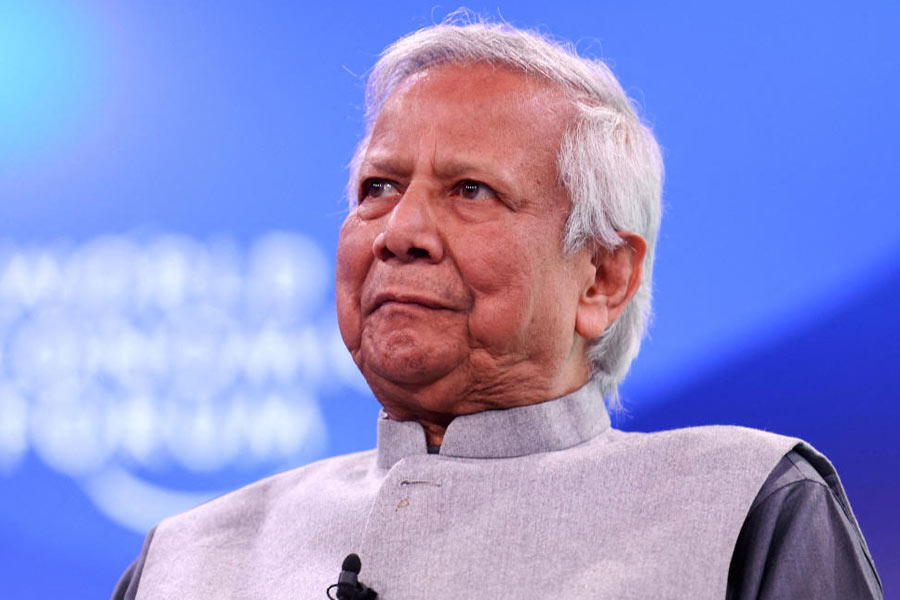 |
| An open cast mine of Coal India in Dhanbad |
Dhanbad, if all goes well, will host Jharkhand’s first school that will churn out experts for handling natural and unnatural disasters.
With mining-related accidents becoming a major cause for concern, the disaster management department has decided to set up the State Institute of Mining Disaster Management of Jharkhand in Dhanbad’s Nirsa block. However, those passing out from the institute will be equally competent to deal with other calamities like floods, drought, forest fires, road and rail mishaps.
The department has already taken the first step by launching a hunt for an agency that will design the centre besides providing other support to the project. Interested firms can apply by July 31.
“Around two months ago, we had sought expressions of interest latest by June 5. However, the response has not been encouraging. Not many players came forward. So, we have extended the date till the end of this month,” said the department’s under secretary Gopal Singh.
The land acquisition process has already started. About 100 acres are required for setting up the institute.
Speaking to The Telegraph, Colonel Sanjay Srivastava, the special projects officer posted at the disaster management department, said the cradle had been conceptualised on the lines of disaster management institutes in other states.
“For example, we have a central cradle — National Institute of Disaster Management (NIDM) — in New Delhi. Again, Gujarat has its own school, Gujarat Institute of Disaster Management (GIDM), which was formed after the devastating earthquake in 2001. Many other states have established similar institutes to brainstorm on calamities like floods, earthquakes and drought. However, Jharkhand has none as of now. Therefore, we have begun working in this regard,” said Srivastava.
According to data tabled in the Rajya Sabha recently by Union minister of state (in-charge) of coal, power and new and renewable energy, Piyush Goyal, Jharkhand has 177 out of the total 566 coal mines operational across the country. It is the highest for any state.
Again, Dhanbad holds the majority of coal reserves in the state and is equally infamous for mining-related accidents and threats.
According to records available with Indian School of Mines (ISM), Dhanbad, around 130 people suffered fatalities in mine collapses both at functional and abandoned sites between 2008 and 2013.
In November 2013, three persons were killed while 164 had a close shave when an underground mine caved in at BCCL’s Basantimata colliery.
Similarly, in May 2012, half a dozen women miners involved in illegal mining reportedly died when an abandoned mine collapsed at Munidih colliery in Dhanbad.
Srivastava admitted that mine disasters were the biggest concern for Jharkhand and hence, the institute was the need of the hour. “The institute will be like any other professional institute that trains people on ways to handle mine disasters. Besides, training will be also given on how to tackle floods, drought et al. Exact modalities are being worked out,” he said.











